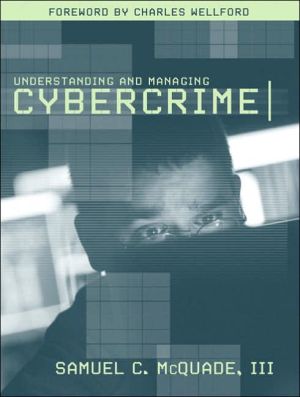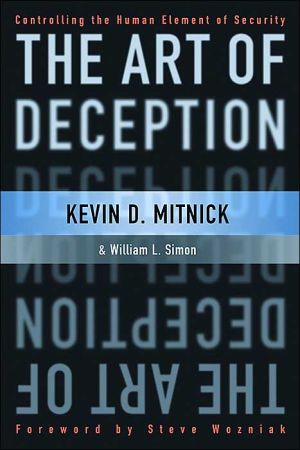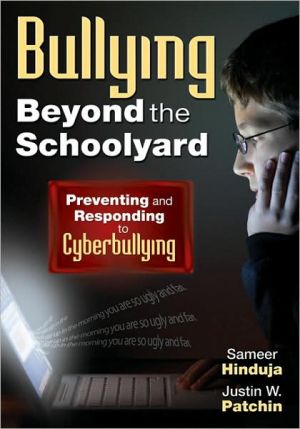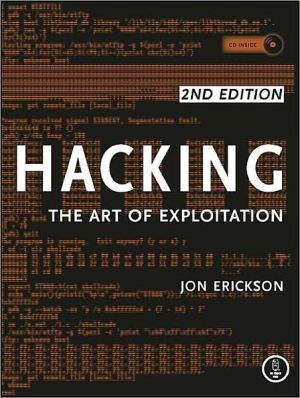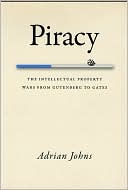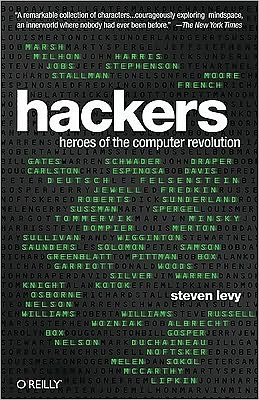Understanding and Managing Cybercrime
Understanding and Managing Cybercrime provides an overview of cybercrime and the legal, social, and technical issues that cybercrime presents. This text focuses on the challenges having to do with emergence, prevention, and control of high-tech crime. It takes a multidisciplinary perspective by tying together various disciplines–information technology, the sociology/anthropology of cyberspace, computer security, deviance, law, criminal justice, risk management, and strategic thinking.
Search in google:
Provides a general yet original overview of cybercrime and the legal, social, and technical issues that cybercrime presents. Understanding and Managing Cybercrime is accessible to a wide audience and written at an introductory level for use in courses that focus on the challenges having to do with emergence, prevention, and control of high tech crime. It takes a multidisciplinary perspective, essential to full appreciation of the subject and in dealing with this very complex type of criminal activity. The text ties together various disciplines—information technology, the sociology/anthropology of cyberspace, computer security, deviance, law, criminal justice, risk management, and strategic thinking.
I. UNDERSTANDING CYBERCRIME.1. Cybercrime: A New High Tech Crime Paradigm.1.0 Introduction: What is Cybercrime?1.1 Understanding Human Behavior in Evolving Social and Technological Contexts.1.2 High-tech Crime History, Constructs and Terms.1.3 The Importance of Defining and Understanding Crime Terms.1.4 Principles for Better Understanding Cybercrime and Future Crime Labels.1.5 Chapter Summary.Key Terms and Concepts.Critical Thinking and Analysis Questions.References and Endnotes.2. Information Assurance.2.0 Introduction: What Are We Protecting?2.1 Technology, Information and Data in Justice and Security Management.2.2 Information Assurance.2.3 Attack Dimensions.2.4 Critical Infrastructure Protection .2.5 Chapter Summary.Key Terms and Concepts.Critical Thinking and Discussion Questions.References and Endnotes.3. IT-enabled Abuse, Attacks and Crimes.3.0 Introduction: How are Information Technologies Misused and By Whom?3.1 Types of Abuse, Attacks and CrimeAdware.3.2 Evolving Forms of Cybercrimes, Attacks and Conflict.3.3 Chapter Summary.4. Computer Abusers and Cybercriminals.4.0 Introduction: Who commits computer abuse and cybercrime?4.1 Behavioral and Social Traits of Abusers, Attackers and Criminals.4.2 Categorizing Cyber Abusers, Attackers and Criminals.4.3 Chapter Summary.Key Terms and Concepts.Critical Thinking and Discussion Questions.References and Endnotes.II. THEORETICAL AND SOCIAL PERSPECTIVES ON CYBERCRIME .5. Theories of Computer-enabled Abuse and Crime.5.0 Introduction: Why Do People Commit Cyber Abuse and Crime?5.1 Theories — The Building Blocks of Knowledge and Understanding .5.2 Classical Criminology.5.3 Trait Theories.5.4 Social Process Theories.5.5 Social Structure Theories.5.6 Conflict Theories.5.7 Integrated Theories.5.8 Chapter Summary.Key Terms and Concepts.Critical Thinking and Discussion Questions.References and Endnotes.6. The Social and Economic Impacts of Cybercrime .6.0 Introduction: Who is Harmed and by How Much Cybercrime?6.1 The Human and Financial Costs of Cyber Abuse and Cybercrime.6.2 The Economic and Social Impacts of Cybercrime Victimization.6.3 How Much Cybercrime is There?6.4 Assessment of Research on Cybercrime.7. Emerging Crime-related Issues and Controversies.7.0 Introduction: How is IT Creating New Opportunities for Cybercrime?7.1 Emerging Potential for Cyber Abuse and Crime.7.2 Controversial Cybercrime-related Issues and Stakeholders.7.3 Chapter Summary.Critical Thinking and Discussion Questions.References and Endnotes.III. MANAGING AND PREVENTING CYBERCRIME.8. Cyber Laws and Regulations.8.0 Introduction: How Does Society Prohibit Cybercrime?8.1 The Rationale and Reach of Cyber Laws.8.2 How Laws and Regulations are Created and Administered .8.3 Bodies of U.S. Law Pertaining to IT and Cybercrime Issues.8.4 Key Federal Cybercrime Laws and InfoSec Regulations.8.5 Chapter Summary.Key Terms and Concepts.Critical Thinking and Discussion Questions.References and Endnotes.9. Investigating and Prosecuting Cybercrime.9.0 Introduction: What Happens When Cybercrime Laws Are Broken?9.1 Criminal Justice System Components.9.2 Legal Issues Governing Investigative Procedures.9.3 Crime Scene Processing and Evidence Management.9.4 Prosecuting Cybercriminals.9.5 Chapter Summary.Key Terms and Concepts.Critical Thinking and Discussion Questions.References and Endnotes.10. Preventing Cybercrime via Information Security.10.0 Introduction: How Can We Better Protect our Computer Systems and Data?10.1 Personal and Organizational Information Security Protocols.10.2 Advancing the Security Posture of Organizations.10.3 The Purpose and the Value of Auditing.10.4 Chapter Summary.Key Terms and Concepts.Critical Thinking and Discussion Questions.References and Endnotes.11. Future Opportunities for Managing Cybercrime.11.0 Introduction: Where Can We Go From Here?11.1 What More Government Can Do to Prevent Cybercrime.11.2 Transformation of Information Security Folk Artistry.11.3 Career Opportunities.11.4 Chapter Summary.Key Terms and Concepts.Critical Thinking and Discussion Questions.References and Endnotes.Appendix A — Organizational Stakeholders.
\ From the Publisher“I would describe this book as a very good inter-disciplinary approach to cybercrime, and explain that such an approach is essential in dealing with this very complex type of criminal activity. I would say the book provides an excellent introduction into what cybercrime is, why we need to be concerned about it and what can, and is, being done about it.”\ — Susan Brenner, University of Dayton\ “In describing this text to a colleague I would say it is the best work I have read on cybercrime; that it is truly multidisciplinary; that the historical discussion is fascinating; and that it is appropriate for academics and practitioners. In sum, this is a major contribution to the emerging study of cybercrime and information security.”\ —Charles Wellford, University of Maryland\ STUDENT REVIEWS\ "The questions posed througout the chapter provide the reader with an opportunity to contemplate whether he truly understands what he just read, instead of having to wait until the end of the chapter like most textbooks."\ John Shim\ "When dealing with abstract concepts, nothing brings clarity like a concrete example, and thsi book does that."\ Scott Andrews\ "I enjoy how the book poses questions as a way to provoke thought from students."\ Scott Andrews\ "The major aspects about this text that I liked are that it gives out examples of different situations to help the reader understand what the author is trying to say."\ Anonymous\ "I liked the section on different Acts, as a computer science student they are interesting to me because they cover my field. Normally, students are not aware of these laws, and it's the lack of knowledge that sometimes leads those students to committ things which they believe are right but in reality they are wrong."\ Asim Goheer\ "I like the way that each topic in the reading is divided into sections where it can be easily located."\ Cheng Lin\ "The text was informative and more enjoyable to read than most other textbooks I've encountered."\ Andrew McLean\ \ \
